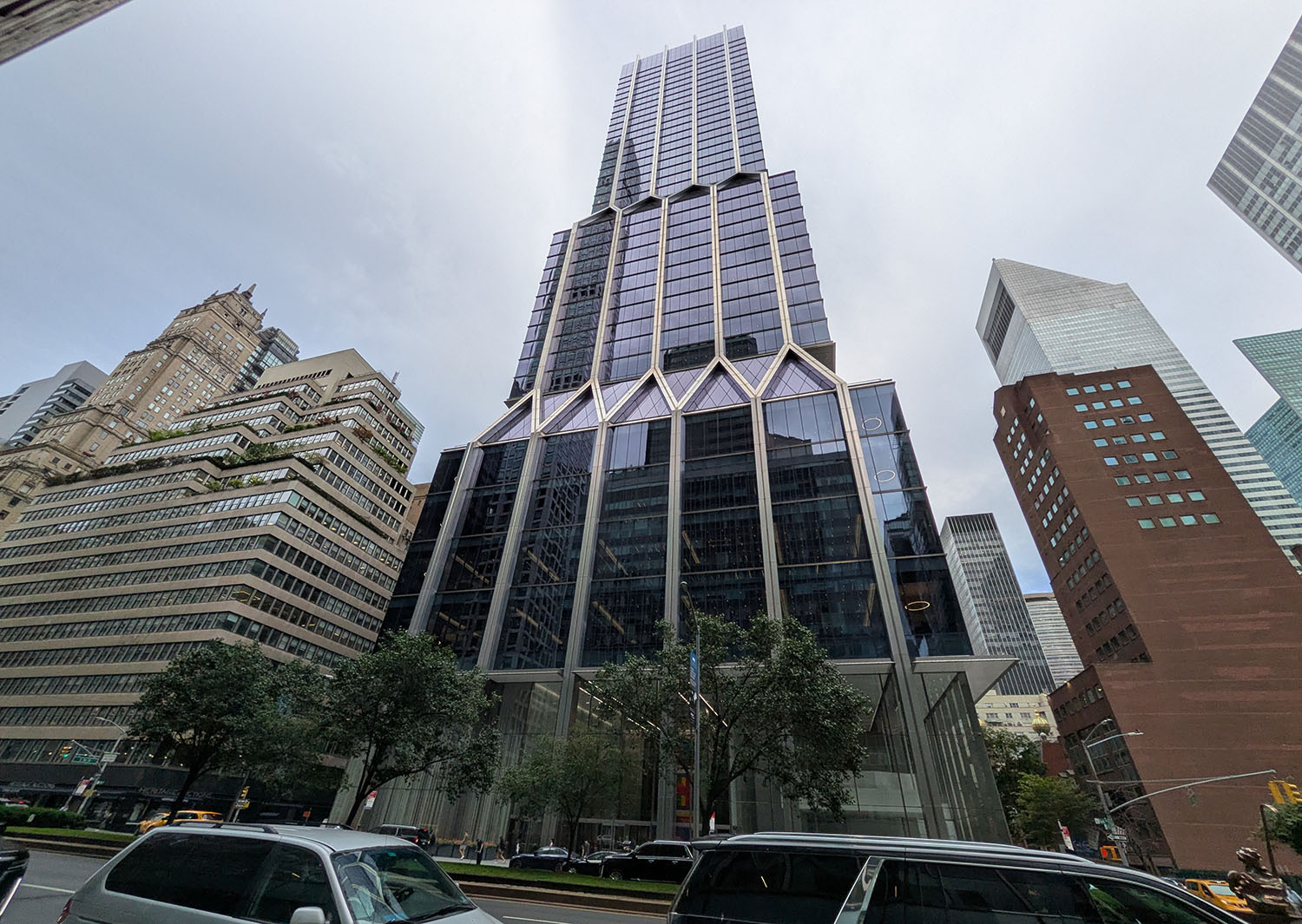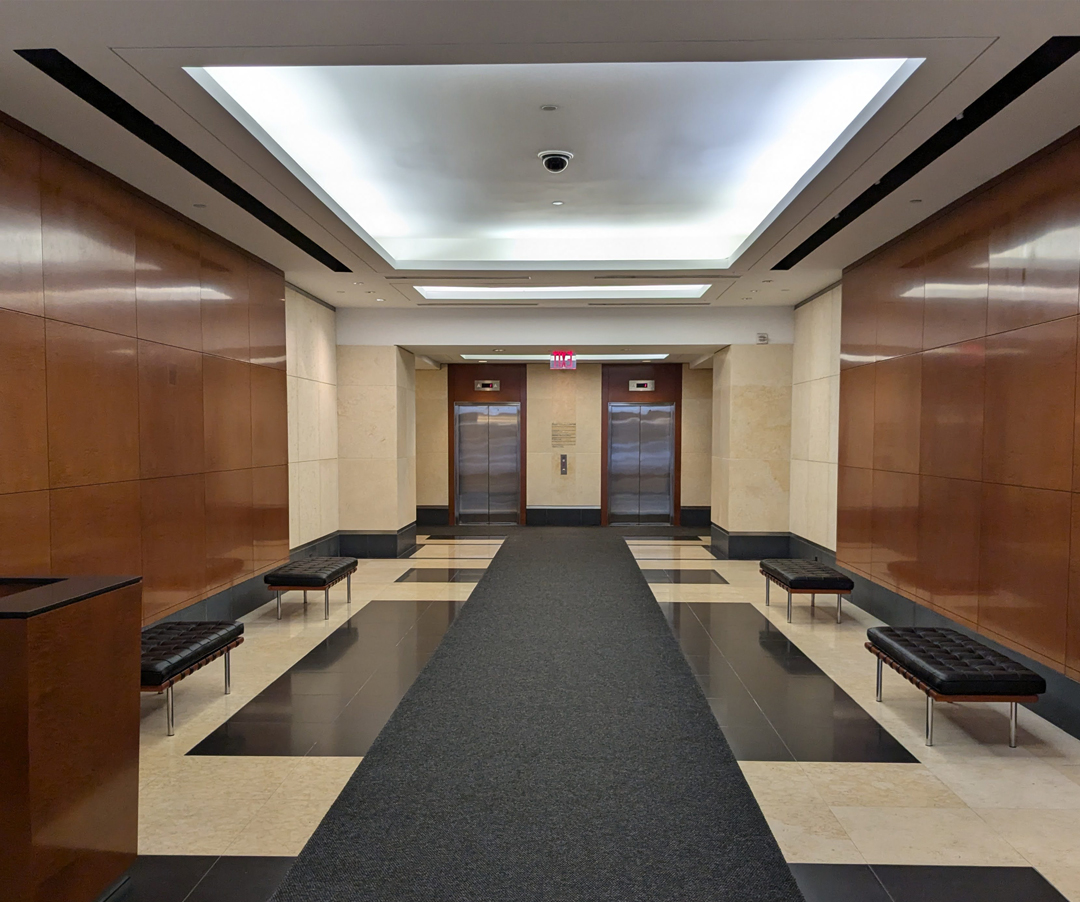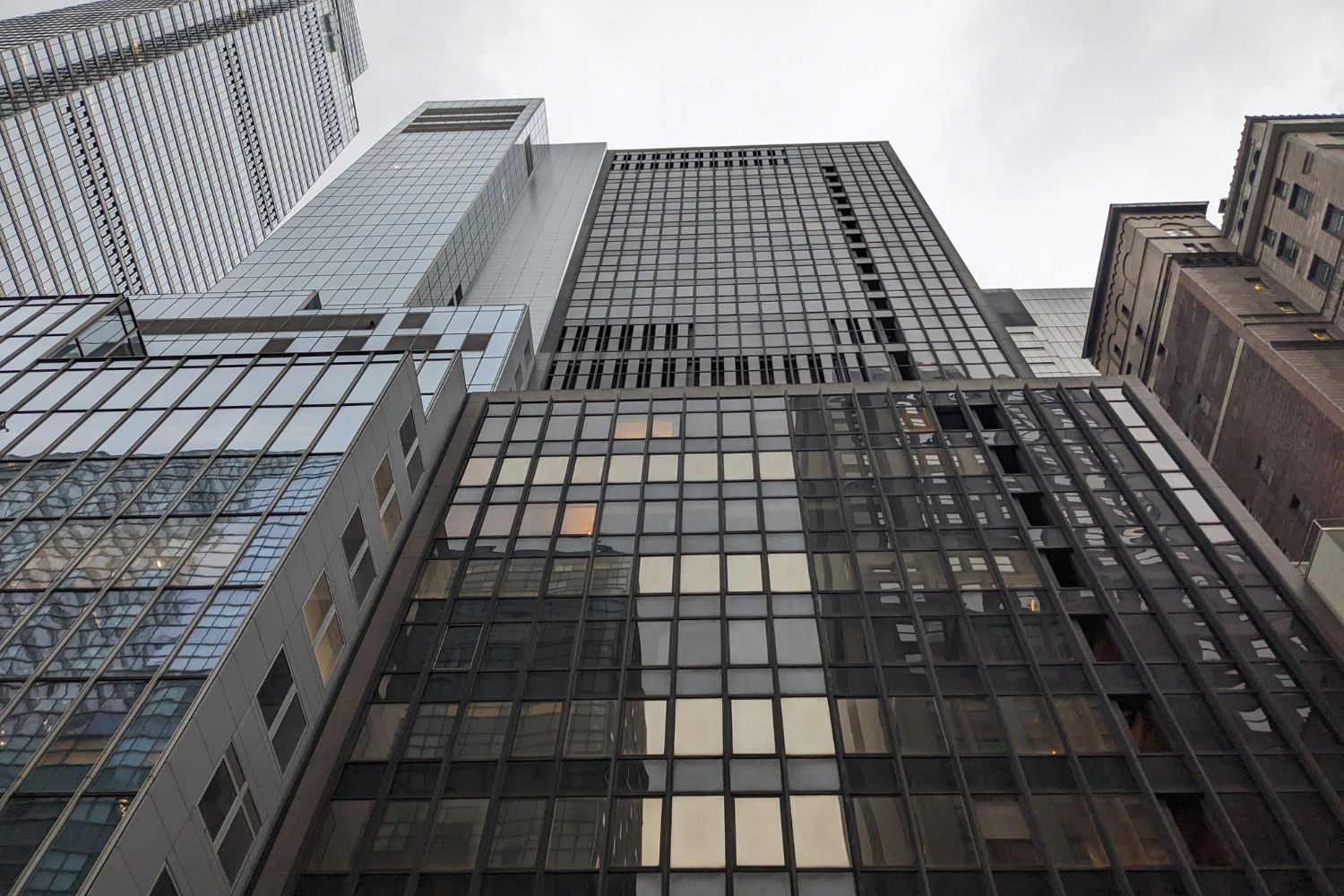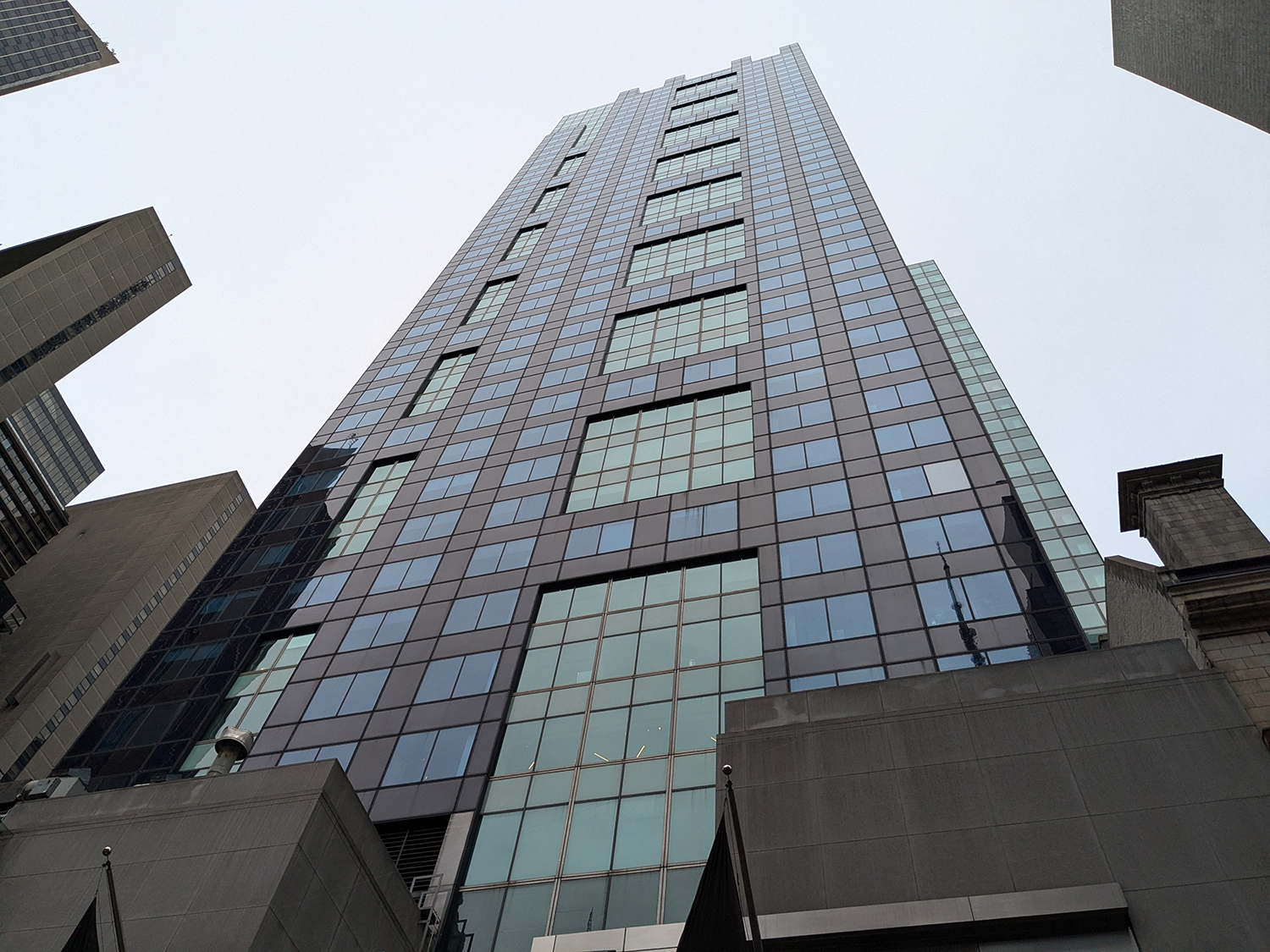Understanding The Holdover Clause
The term “Holdover” refers to the circumstance when a tenant continues to occupy his existing space beyond the expiration date of the lease governing the tenancy without an agreement to continue the occupancy beyond the lease expiration date.
It is common for a commercial lease to provide for a holdover tenancy, the “Holdover Clause,” typically at a significantly greater total occupancy cost. The intent is to establish up front the costs, penalties and a time frame for notification. A Holdover rate of 150% in the short-term and 200% to 300% over a longer term are not unheard of and more often than not the norm.
While most Landlords are reasonable and willing to accommodate an extended tenancy for a short period of time, in the case that the Tenant’s new space is not ready, a Landlord’s long term goal is to rent their soon-to-be-vacant space at the then prevailing market rate. Additionally, loan covenants may force the Landlord to provide evidence that expiring leases are either renewed or replaced with a new tenancy at market rates.
In the case where there is no Holdover Clause, New York State law provides: that a holdover, month-to-month Tenant will be charged rent under the terms of the recently-expired lease, especially in circumstances where the Landlord has accepted payments consistent with the terms of that expired lease.
N.Y. CLS Real P § 232-c directly addresses what happens when a Tenant remains on a premises after the expiration of a lease term and states: “if the Landlord shall accept rent for any period subsequent to the expiration of such term, then the tenancy created by the acceptance of such rent shall be a tenancy from month-to-month commencing on the first day after the expiration of such term.”
While the issue of what default rent payment applies is not expressly addressed by N.Y. CLS Real P § 232-c, the general rule in New York is that the default rent payment shall be the monthly rent due under the recently-expired lease term.
City of New York v. Pennsylvania Railroad Company, 333 N.E.2d 361, 362 (N.Y. Ct. App. 1975) (stating that “when a tenant remains in possession on the expiration of a [lease] it is a Holdover and there is implied a continuance of the tenancy on the same terms and subject to the same covenants as those contained in the original instrument”); Tricarichi v. Mauer, 959 N.Y.S.2d 372, 375 (2nd Dept. 2012) (same). This general rule is especially applicable in circumstances where the Landlord has accepted rent payments, without objection, since the termination of the applicable lease. Bahamonde v. Grabel, 939 N.Y.S.2d 226, 228 (2nd Dept. 2011) (rejecting a Landlord’s argument that a Holdover Tenant should be required to pay $16,500.00 per month instead of $13,000.00 per month, a sum that a Holdover Tenant had been paying for six (6) months). These sections of the New York statutes addressing monthly tenancy and default rent do not include any provision for fair market value as a default rent amount.
Many leases have a Holdover Clause that while not specifically calculating a Holdover rent value may call for Consequential Damages. As vague as the term may seem, Consequential Damages may be very severe.
Consequential Damages are defined as those damages that can be proved to have occurred because of the failure of one party to meet a contractual obligation. The damages go beyond the contract and into the actions garnished from the failure to fulfill. The damages are the inability to re-lease the space at current market rates.The failure of the contractual obligation is the Tenant not vacating at the lease expiration.
For example: the Tenant is leasing 5,000 rsf and there is a 10,000 rsf unit next to the Tenant’s space and the Landlord signs a new lease for the entire 15,000 rsf unit for ten years to begin when the Tenant’s lease expires. However, the Tenant does not vacate at the lease expiration and becomes a Holdover Tenant, the new tenant cannot wait and walks away from the 15,000 unit and leases other space. The Landlord has lost a 15,000 rsf ten year lease, the Tenant can be liable for Consequential Damages – the aggregated rent of the 15,000 rsf unit for ten years.
In order to avoid a Holdover situation the Tenant should have a clear understanding of the time necessary to acquire new space. The time needed is a direct function of the size of the space required. Consultation with a commercial real estate broker will establish the requirement and a timeline can be built to establish a guide to keep the process on track. While there is no hard and fast rule, smaller requirements of 5,000 rsf or less that do not require significant modification to the existing premises should have a lease signed one to three months in advance of the date required to move in. Larger space requirements and those that require significant construction should be fully signed and executed four to six months in advance, while leaving enough time to complete all required permitting and construction.
Additionally, if the new space is currently occupied by an existing tenant, it would be wise to include a provision that protects the Tenant against the current tenant holding over and not making the new space available on schedule, thus forcing the Tenant into a Holdover situation not of his causing. Dependent on market conditions it is not always possible to have the new Landlord agree to inclusion of this Holdover protection in the new lease. For this reason prospective unoccupied space can have an advantage over occupied prospective space.
It is always advisable for the Tenant to communicate in writing, as early as possible, with the current Landlord if there is a chance a Holdover situation may occur. Additionally, consult with your commercial real estate attorney and your real estate broker. This was written from the perspective of New York transactions; commercial real estate law differs from state to state.







